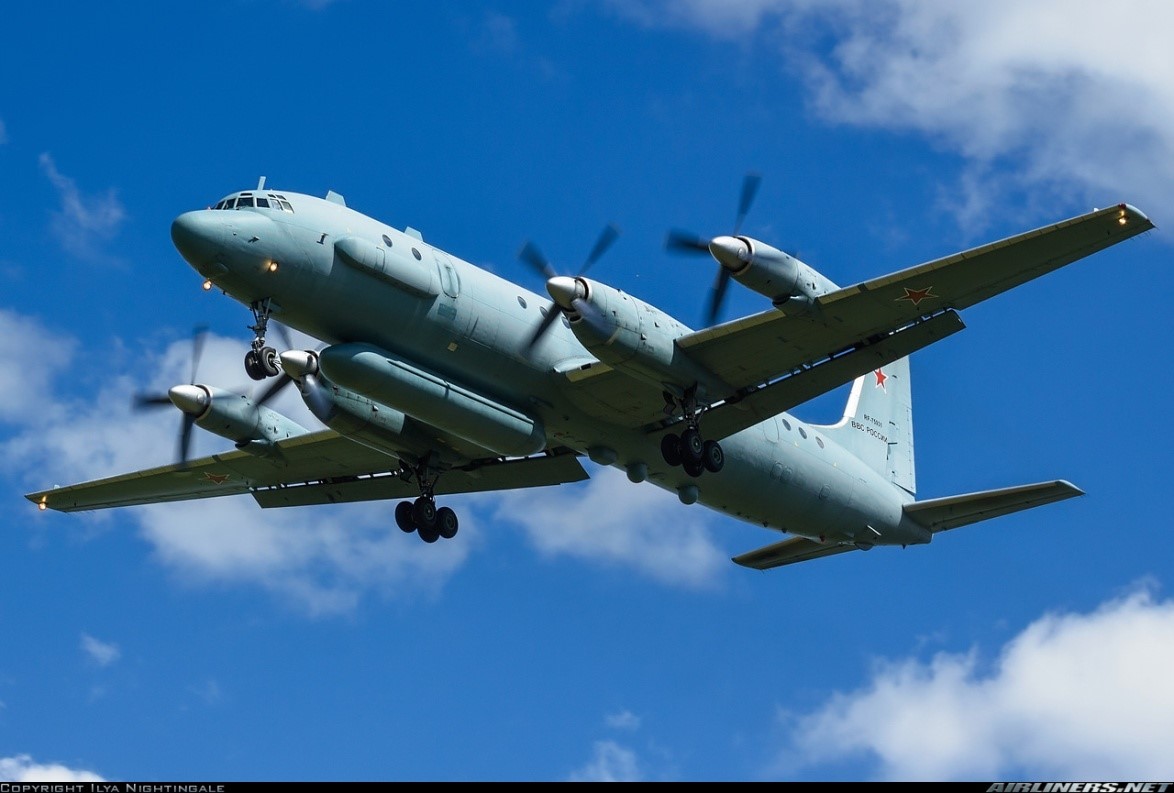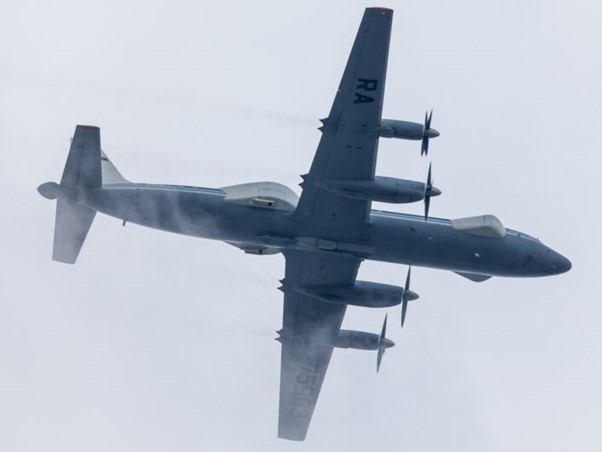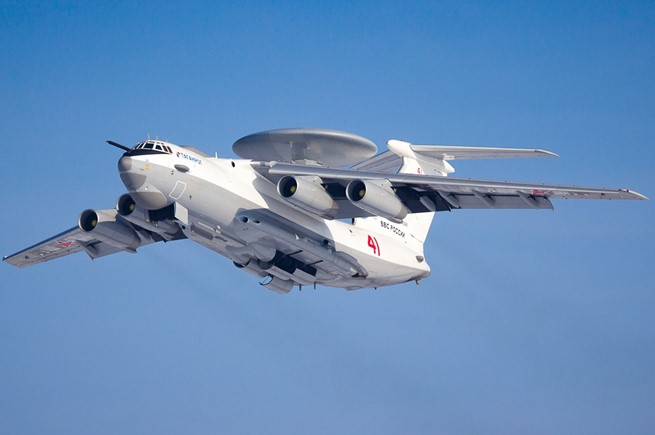The Attack
On April 13, 2024, Iran launched a drone and missile attack on Israeli targets. The attack was in response to an Israeli assassination of high-value Iranian individuals by means of an air strike on the Iranian embassy in Damascus.
Damage on the ground was minimal. Although estimates vary, the broad consensus is that the vast majority of the Iranian munitions were delivered by drones. Approximately 295 drones and 5 ballistic missiles. The drones took hours to reach their targets, and were tracked by air defense.
In the event, damage on the ground was minimal. Israel boasted that its missiles, and those of its US, UK and other allies shot down “99%” of the attacking vehicles. Mass media touted the engagement as a great victory, and a showcase for Israel’s air defense. In fact, they shot down all the drones and some of the ballistic missiles.
Deeper analysis reveals a more subtle picture.
First, US and Arabian diplomacy worked overtime to convince Iran to not launch an all-out attack so as to not inflame the situation in the Middle East. Iran agreed to calibrate its attack to demonstrate to Israel that Iran could hurt Israel if it wanted to. In that respect, the attack proceeded exactly as expected. None of the drones were expected to reach their targets. A number of the handful of ballistic missiles did reach their targets, but were not intended to produce significant damage. This was not made public in mass media reporting.
Second, the air defense missiles expended cost Israel and its allies tens of millions of dollars. Because the hit probability of an air defense missile is less than 1.0 (in most cases, the theoretical hit probability is in the region of 0.8 and the empirical hit probability is less than 0.5), at least two and sometimes three air defense missiles are fired for each incoming target. Each drone costs a few thousand dollars and each air defense missile costs a million or two. That was an expensive attack to repel.
Third, and this is the subject of this post, the drones were meant to be shot down. While mass media and Israel’s public utterances touted the effectiveness of Israel’s and the coalition’s air defense, no mention was made of the subtle truth. By sacrificing the drones, the Iranians and the Russians were able to gather significant electronic warfare intelligence. They were able to map all of Israel’s and its allies’ radar installations and assess their technology.
Radar
This post will be the first of a series on Electronic Warfare (EW). For a start, we will discuss radar. It’s been around for a long time and first made its mark during the Battle of Britain in 1940. The British used it to track German sorties across the English Channel.
How does it work? In simple terms, a transmitter sends out a microwave pulse. That pulse travels outbound until it strikes something – an airplane. The airplane is traveling at a certain altitude on a certain course. The pulse bounces back to the radar set. By measuring the angle at which the pulse was launched and the time the pulse took to travel out and bounce back, the radar installation can calculate the range to the aircraft and its altitude. The British plotted their radar contacts on big chart tables in their combat information center and scrambled squadrons of Spitfires and Hurricanes to intercept the Luftwaffe. The basic principles are no different today.
Radar is limited by the curvature of the earth. To render it more effective, Airborne Warning and Control aircraft (AWACs) have been developed to operate radars at high altitudes. This video outlines the story of the A-50, Russia’s state-of-the-art AWACs (subtitled).
Not so simple
Suppose the radar sends out two pulses. One pulse misses the aircraft and disappears into the ether. The second pulse hits the aircraft and rebounds.
The radar installation does not know which pulse hit the aircraft and rebounded. Therefore, it cannot precisely calculate the range or altitude of the target.
Modern technology allows us to attach metadata to each pulse so the radar installation can tell the two pulses apart. In fact, there is a lot of metadata encoded into the pulses and many parameters are associated with the pulse. These attributes include:
Pulse identifier
Time sent
Angle (transmission/arrival)
Pulse length (power)
Repetition interval
Let’s run through those quickly. The pulse identifier tells us which pulse hit the target and bounced back. The time sent needs to be compared to the time received to calculate distance and altitude. The angle of transmission and arrival is needed for the same reason – to apply a bit of high school trigonometry. Repetition interval has to do with how many pulses are sent over a certain period of time. Pulse length has to do with power – the longer the pulse length, the higher the power.
Now consider that to find (acquire) a target, we will want to configure our radar in a certain way. We want to use a certain pulse rate and pulse length (power). We want high power (long pulse length) and a low repetition rate. This is effectively a high-power, low-resolution mode. It tells us there is something out there but conveys little information.
To engage a target, we want to switch to a different configuration. We switch to a shorter pulse length (lower power) and a high repetition rate. Now we have acquired the target and can lock on. Now we can track and kill it. This is a high-discrimination, fire-control mode that can tell individual targets apart.
An air defense system is a network of radars of different configurations. They are located in different places and operate in different modes. In many cases, the transmitter and receiver are collocated. In other cases, the transmitter and the receiver are separate. Israel’s air defense on the eve of the attack was integrated. There were Israeli radars and US/UK radars operating offshore and in AWACs overhead.
Why the drones were sacrificed
US Navy aviators and Air Force pilots who flew Iron Hand missions in Vietnam or the Gulf War played a deadly game. They provoked enemy air defense to turn on their radars and engage them so US aircraft could launch anti-radiation missiles to destroy SAM sites.
The Iranian strategy was very simple. Their attack caused Israel and the coalition to light up all the radars in their air defense network. Because these were lit up over Israel, it’s likely Iranian or Russian stations in Lebanon, Syria and Iraq swept the network and gathered all the data on the radar signals transmitted to acquire and track the drones. Russia has one IL-22M airborne C2 aircraft from the 144th AWACs Regiment, and two IL-20M signals intelligence aircraft from the 257th Mixed Air Regiment deployed to Syria. It also has other air and ground-based electronic warfare assets in-country.
Pulse Descriptor Words (PDWs) are the fingerprints of a radar system. In effect, they are packages of metadata (discussed above) that characterize a radar system operating in a certain mode. When radars are in operation, signals intelligence collects these PDWs and compiles a database for future analysis. When a particular PDW is encountered again in the future, the electronic warrior knows what kind of system generated it and in what mode it was operating.

The data collected during the attack would have been compiled into a comprehensive database of PDWs that allowed the Iranians and Russians to map the location and configuration of every radar installation active that night. Right down to any change in mode from acquisition to engagement. They would have acquired all the pulse lengths and pulse repetition intervals at which the radars operated.
Sigint aircraft fly up and down national borders all the time compiling databases of PDWs over months and years. Russia’s missile offensive on Ukraine’s power grid over 2022 and 2023 forced Ukraine to activate its air defense network so that Russia could map it and destroy Ukraine’s air defense. That is why Ukraine is constantly requesting Patriot and IRIS-T launchers. Iran and Russia compiled a massive database in one night.

Conclusions
Our forces are no slouches at electronic warfare. Media narratives aside, they are aware of all this, and will be planning ahead for Iran’s next attack. Our EW specialists know how the game is played. They will certainly modify the configuration of their air defense net to the extent they are able. However, in this high-stakes game of poker, it is important to remember that neither side wants to show their hand early. The question is, after this first engagement, who gave away more?
More posts on electronic warfare will follow.
About the Author

Cameron Curtis has spent thirty years on trade floors as a trader and risk manager. He was on the trade floor when Saddam’s tanks rolled into Kuwait, when the air wars opened over Baghdad and Belgrade, and when the financial crisis swallowed the world. Having written fiction as a child, he is the author of the Breed action thriller series, available on Amazon.
Check out his new Breed thriller, BLOOD SPORT, here:
https://www.amazon.com/dp/B0D6RC5V4V

On September 29, BLOWBACK, Breed Book 10, will be released.

Editor’s Note: Mark your calendar for the release of the new Breed thriller this September 29. All of us here at SOFREP are huge Breed fans and we’ll be sure to bring you an excerpt from the new book just as soon as it becomes available. — GDM










COMMENTS
You must become a subscriber or login to view or post comments on this article.